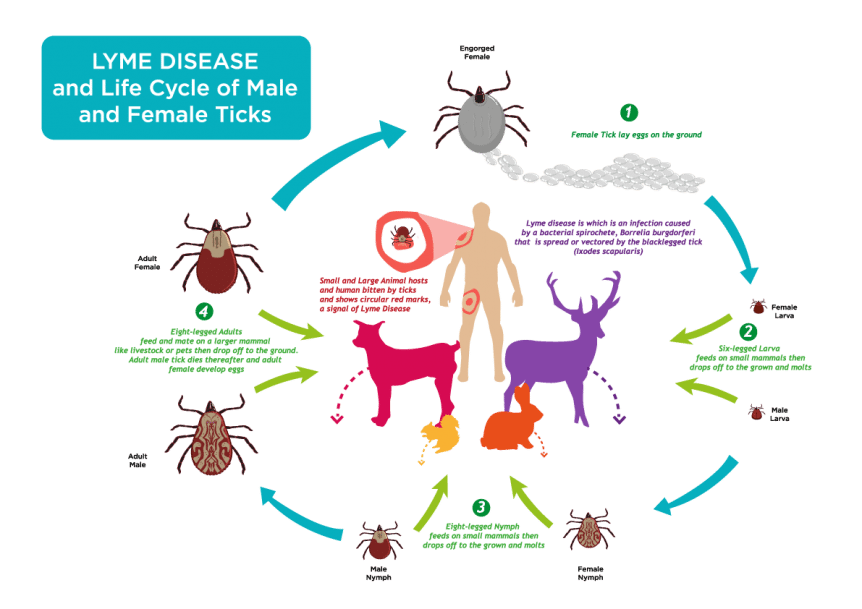By Dr. Borislava Trifonova & Dr. Kathy Enright
In preparation for the approaching warmer weather (we hope), March at Clare Street & Shannon Vets is all things ‘Creepy & Crawly’. This week we are focusing on Ticks. We all know these little fellows suck blood, don’t we? But do we know why is it important to protect our pets from them? The answer is a really simple one, apart from causing irritating lumps & bumps that can become infected, they are also transmitting other diseases.
Ticks are small ‘ectoparasites’ which means that they live on the outside of humans or animals. They belong to the same class as Spiders, class Arachnida, because they have 8 legs and 2 body parts, cephalothorax (head and thorax) and abdomen.

In Ireland the Ixodes ricinus or castor bean tick and Ixodes hexagonus or hedgehog tick are common. Both species can infect our pets. It’s important to know that, except for the egg, all stages of their life cycle feed on blood. After feeding they fall off the host (you or your pet) and after evolving to another stage they find another host. This is important, we may not see the tick when it’s on our pet, and only realise there is an issue once the symptoms begin to show. The most common tick borne diseases (TBD) we see are Lyme’s diseases (Lyme Borrelosis), Anaplasmosis & Babesiosis. These are not all endemic in Ireland currently but with Pet Passports and freer pet travel we are seeing cases in pets that have spent time abroad. These diseases can have severe consequences if not treated on time.
We find ticks in wetter areas with longer grass, rushes & reeds. So It is important that you check your pet after walks. If you spot a tick on your pet, take care when removing it. You need to rotate the tick counter clockwise while you pull it out. That way you’ll prevent the mouthparts from being left behind in the animal & an abcess or worse developing. It is often better to have it removed by your vet or veterinary nurse. Here at Clare street & Shannon vets we would be happy to remove them appropriately for you.
The best way to protect our beloved pets from ticks is through the regular use of tick control products. There are many different types of products on the market from spot ons, collars to tablets. Most provide either monthly or 3 monthly protection. We as your vet or veterinary nurse will give you the best advice as to which product is the most suitable for your pet based on your pet’s individual lifestyle and risk.
I hope you have found this informative and will protect your pet & hence yourself, as a lifestage can move off your pet and onto you, so to protect yourself, protect them. It is the easiest way. For more information on Lymes Disease in people, one of the fastest emerging vector borne diseases, check out these references.
References :
- Zintl, A. – Ticks and tick bourne diseases in Ireland, 2017, Irish veterinary journal
- Tick talk Ireland, http://www.ticktalkireland.org/ticks.html
- Bravopets Ireland, https://bravopetsireland.wordpress.com/

